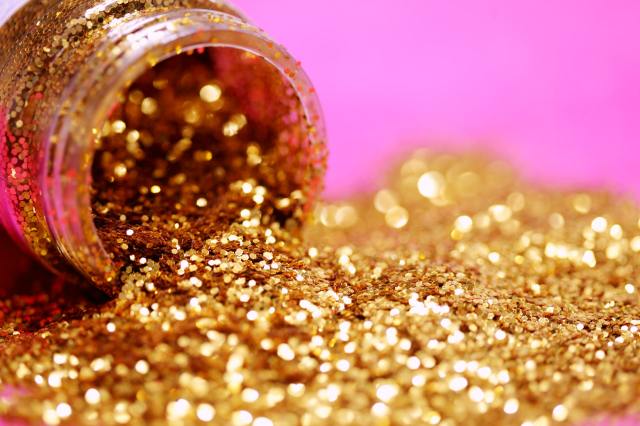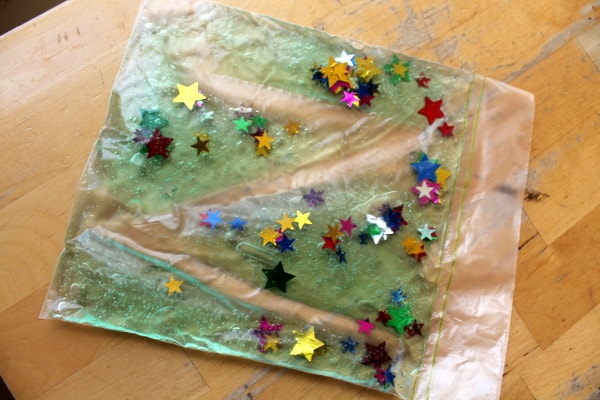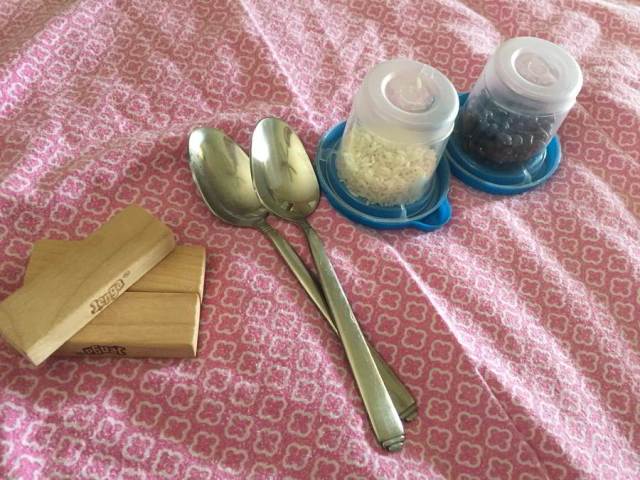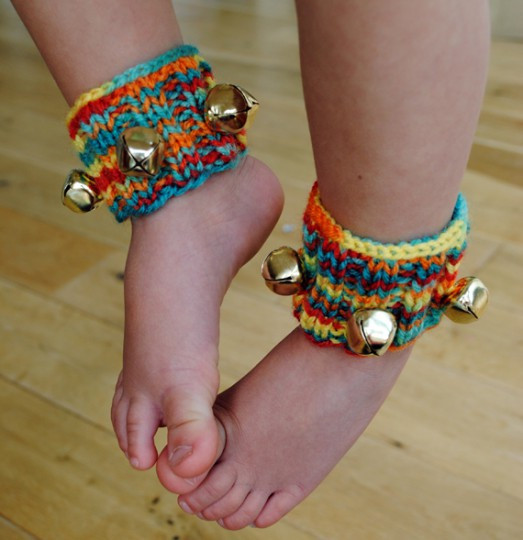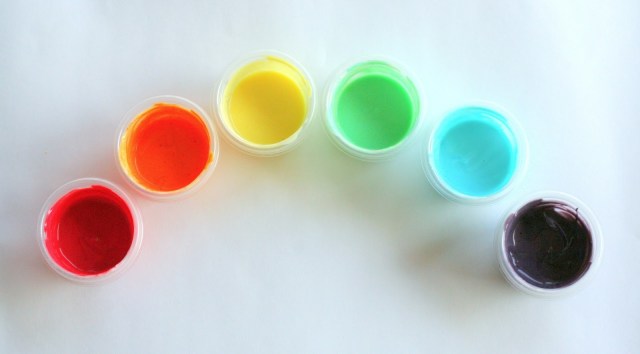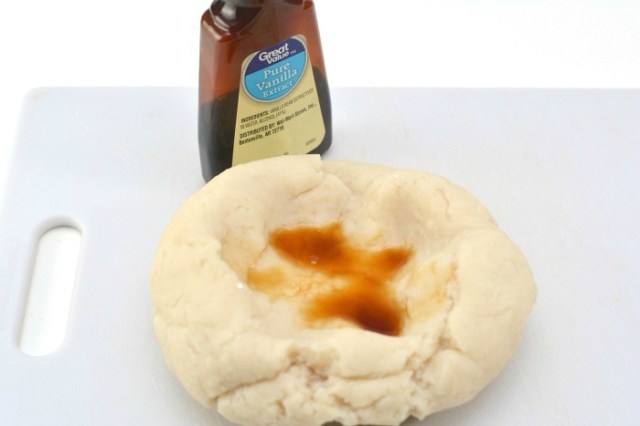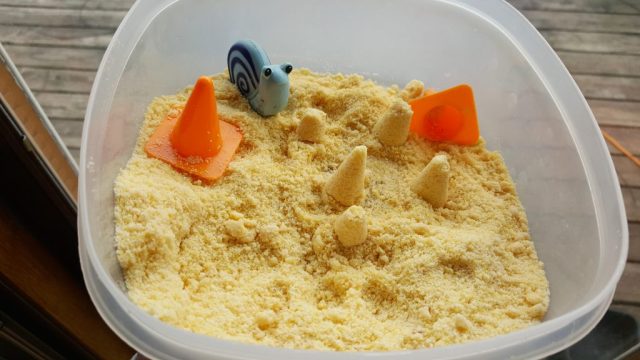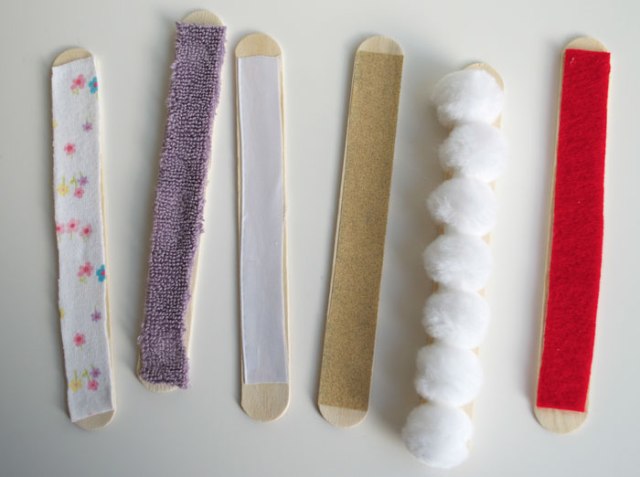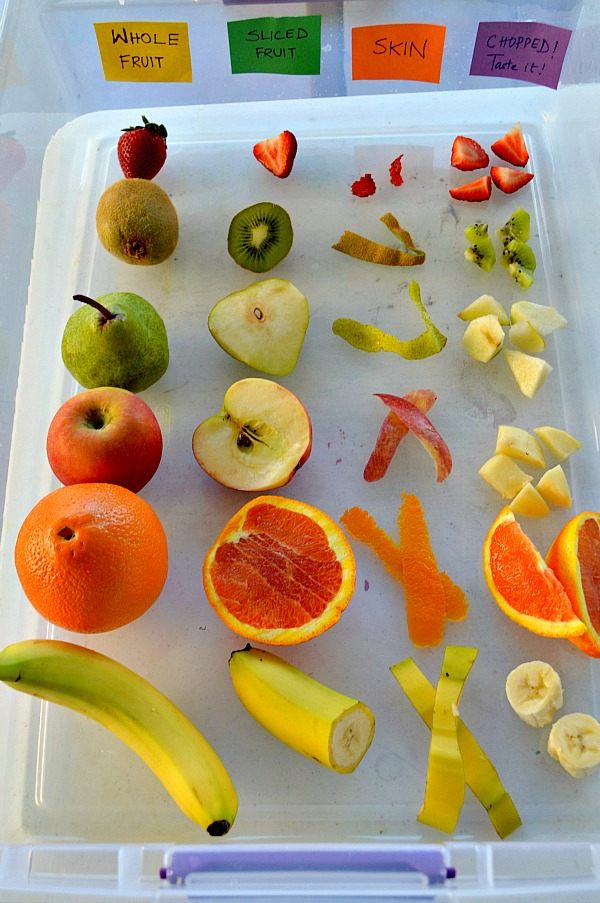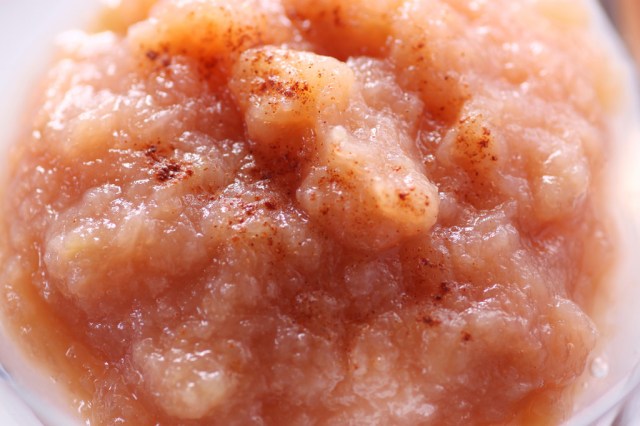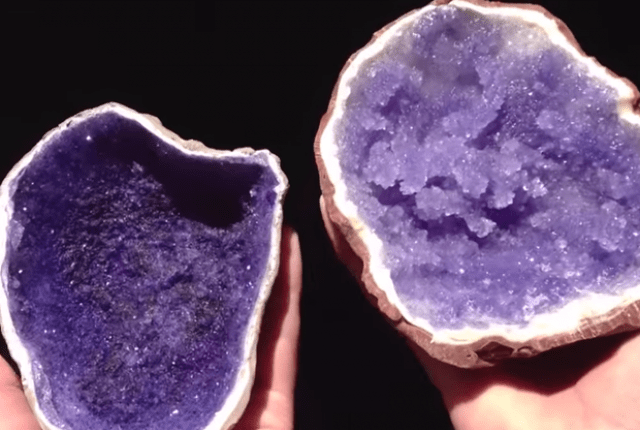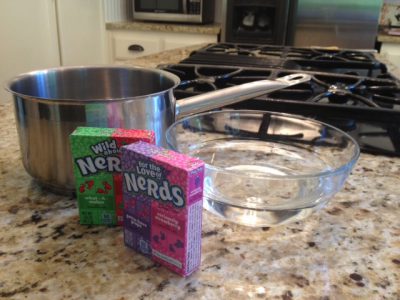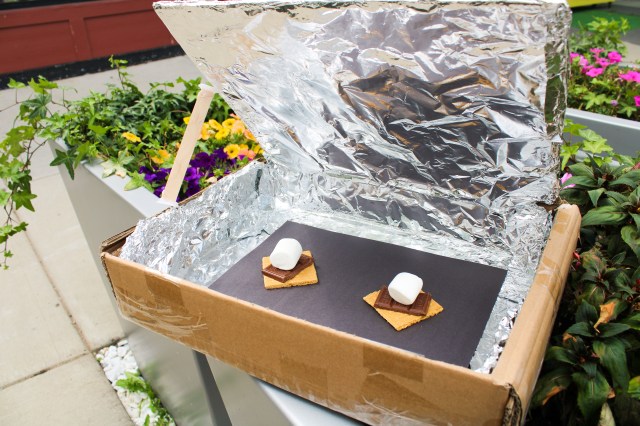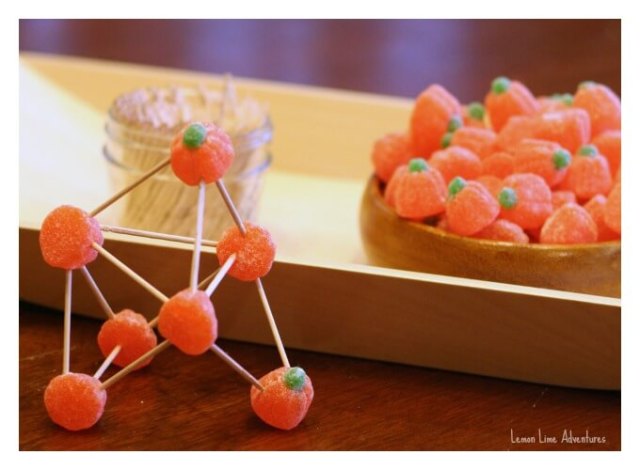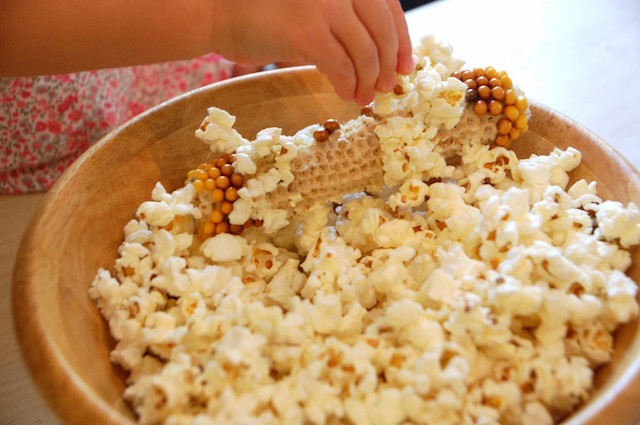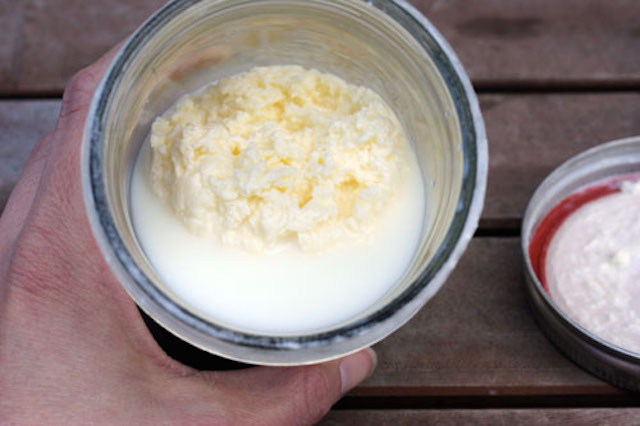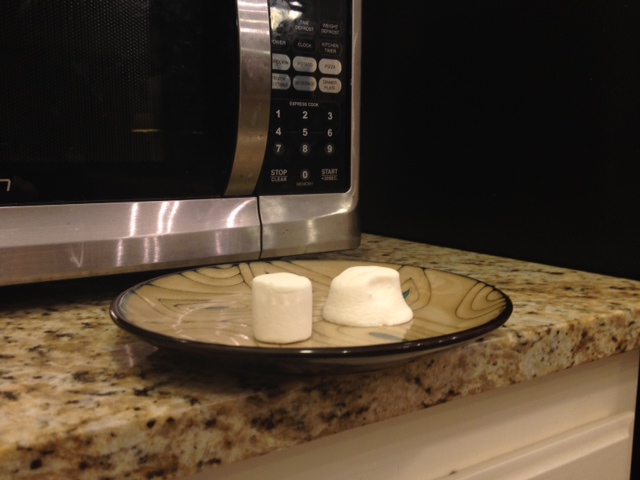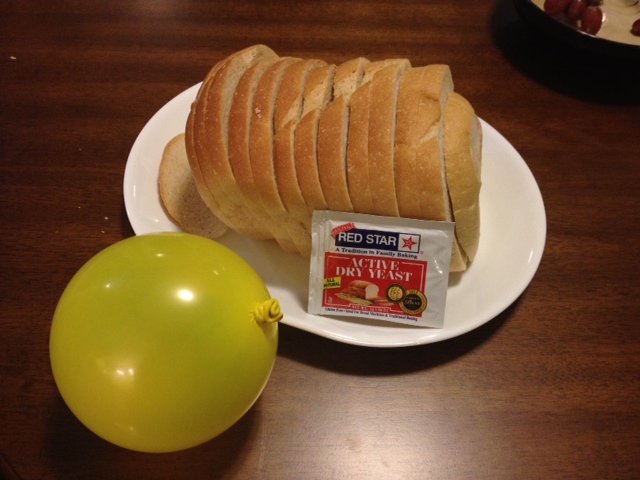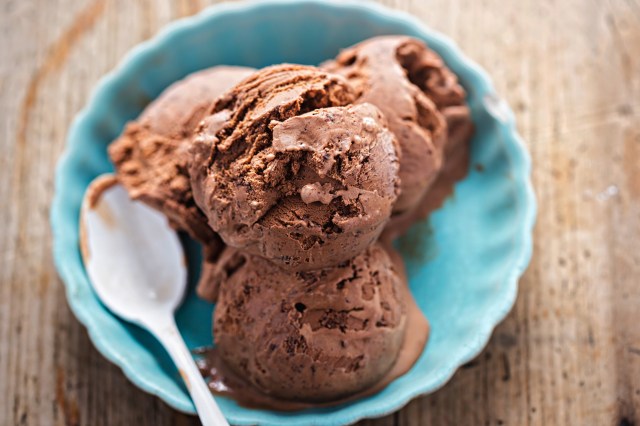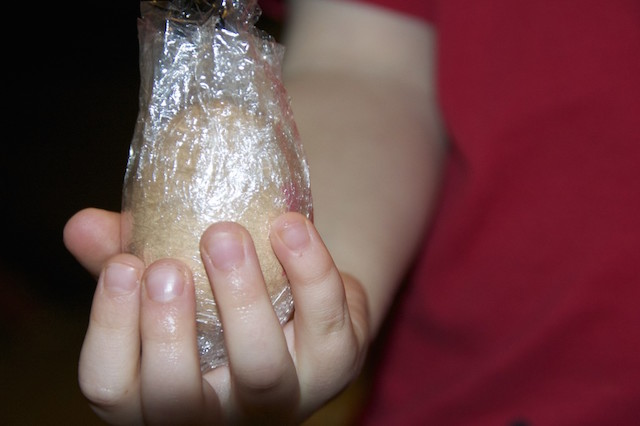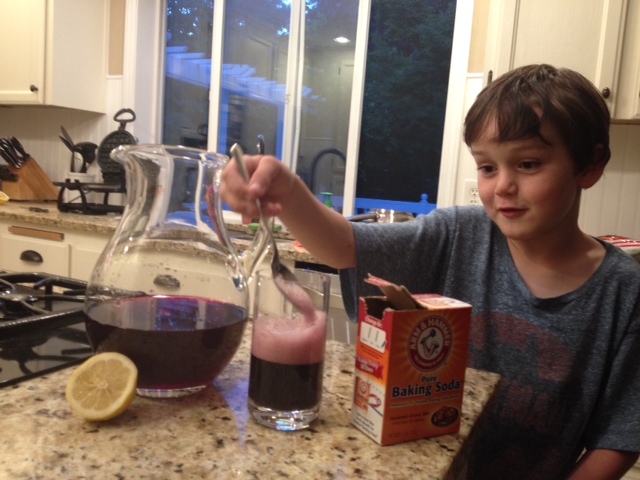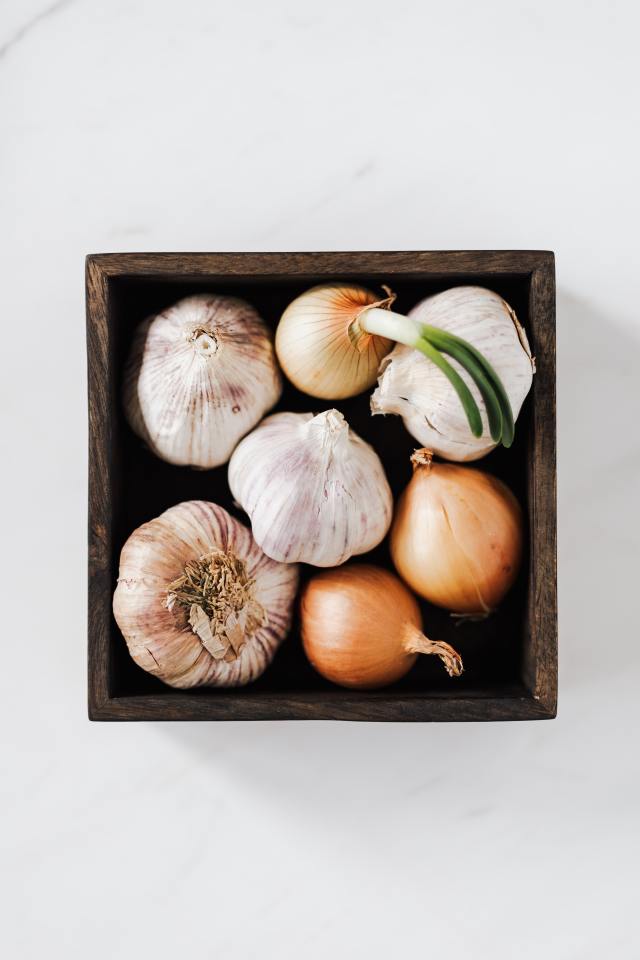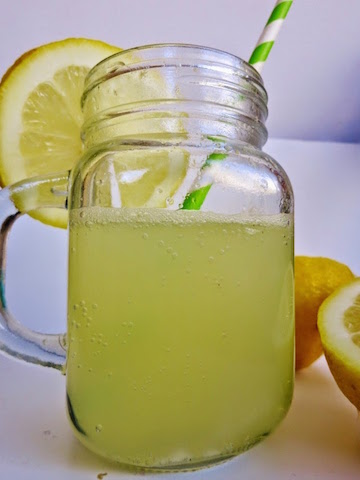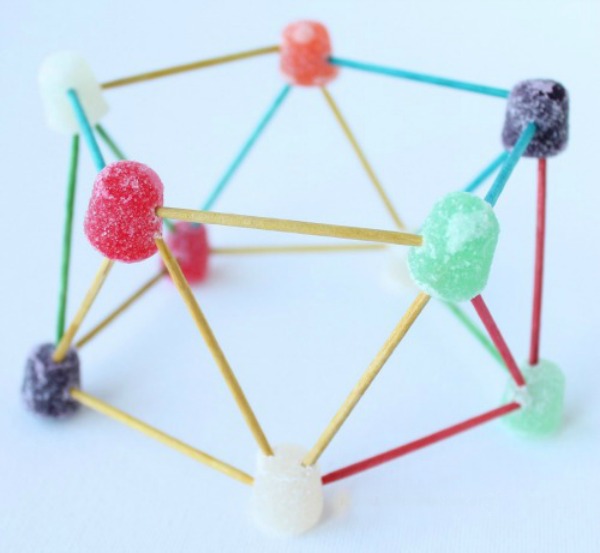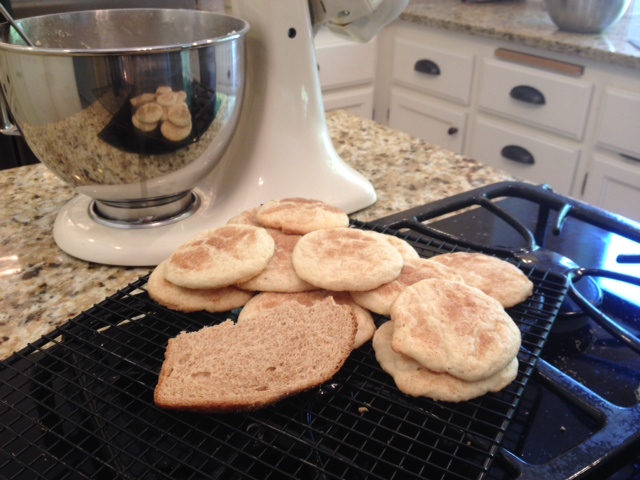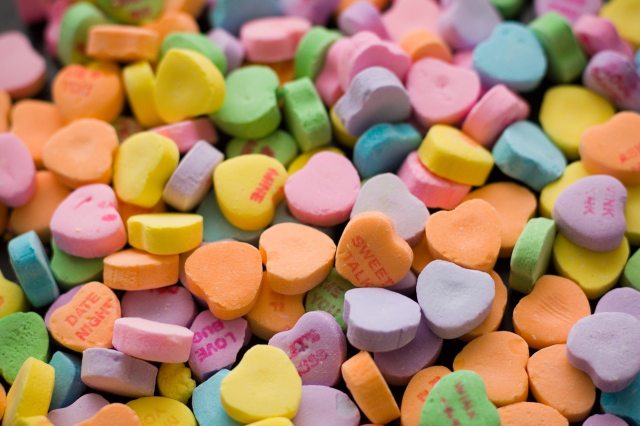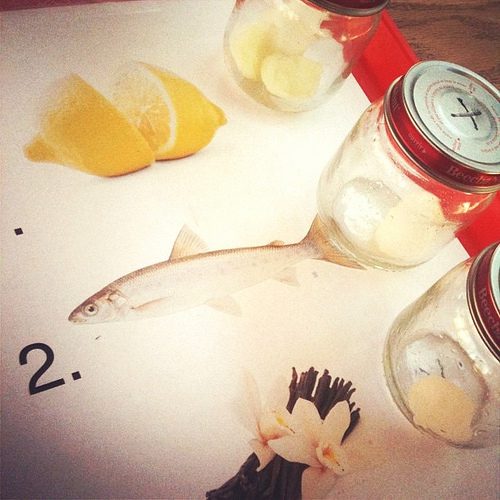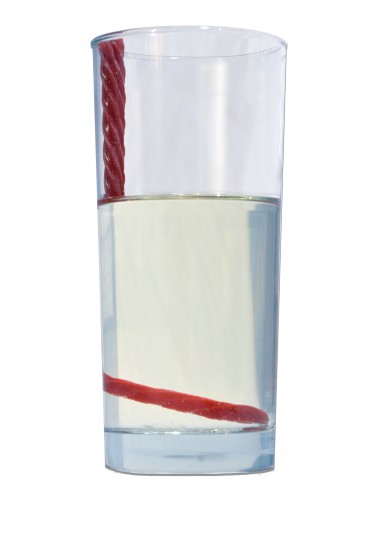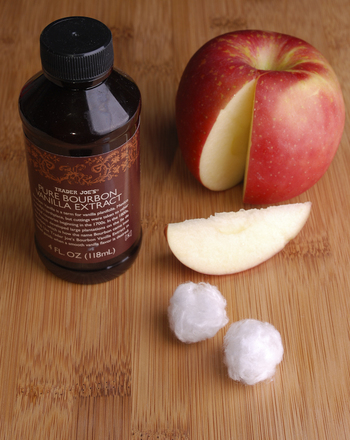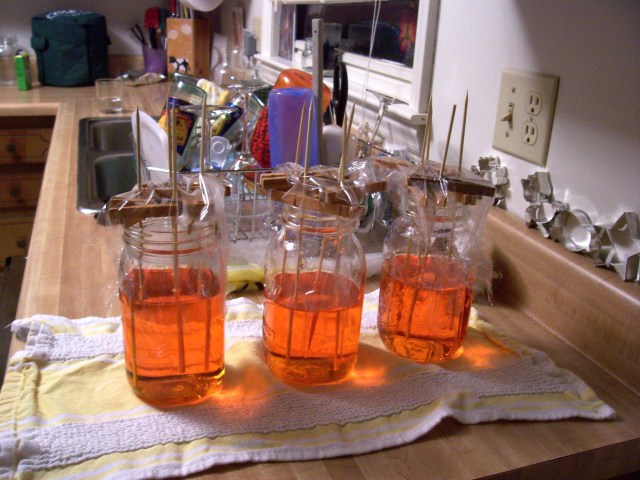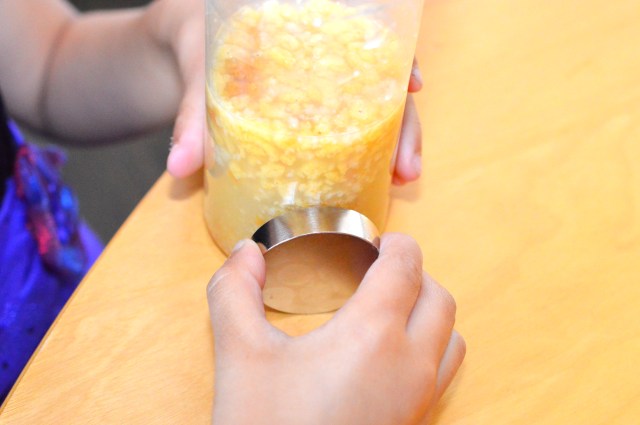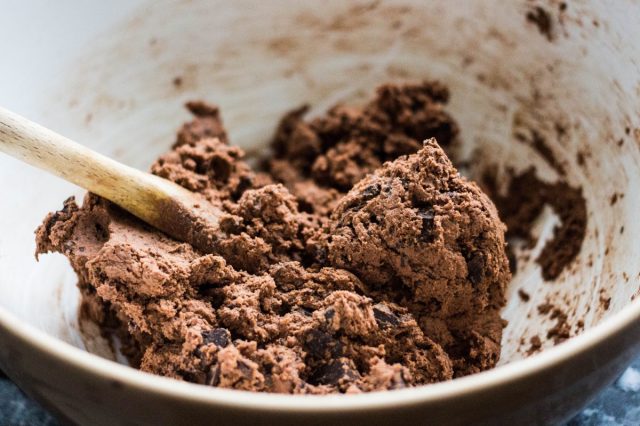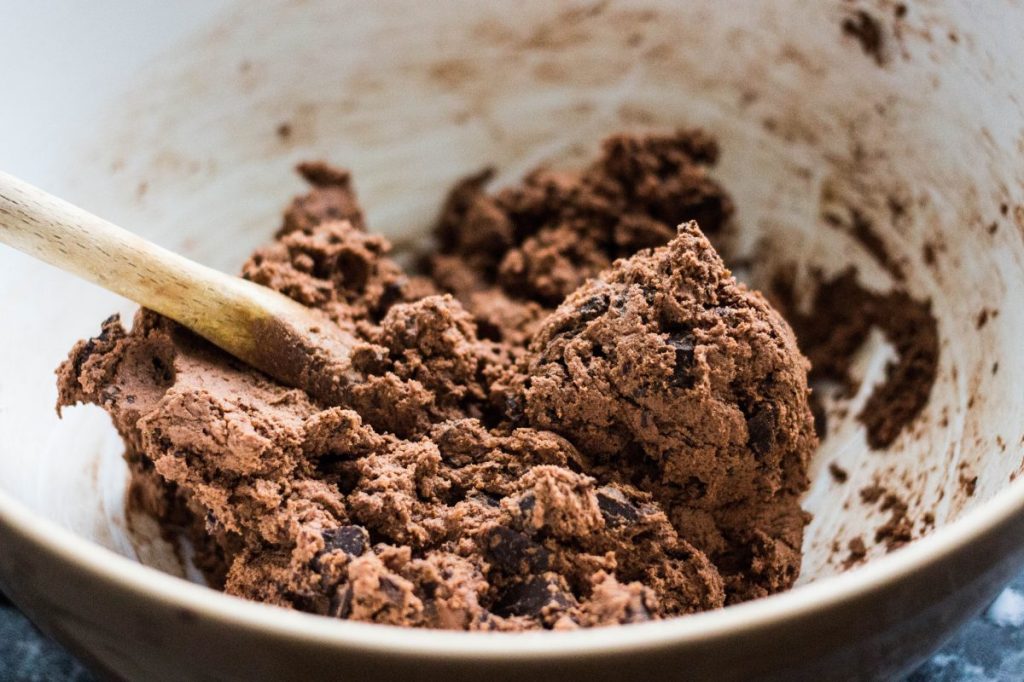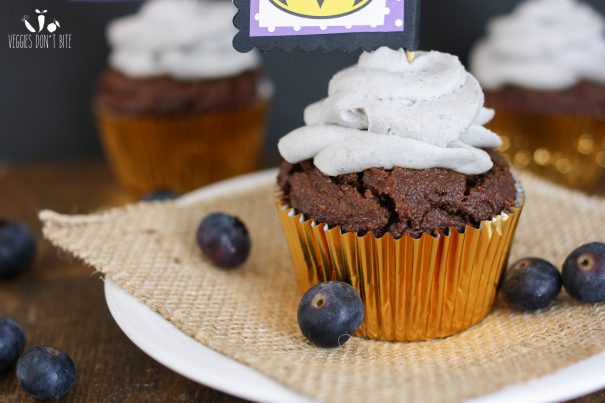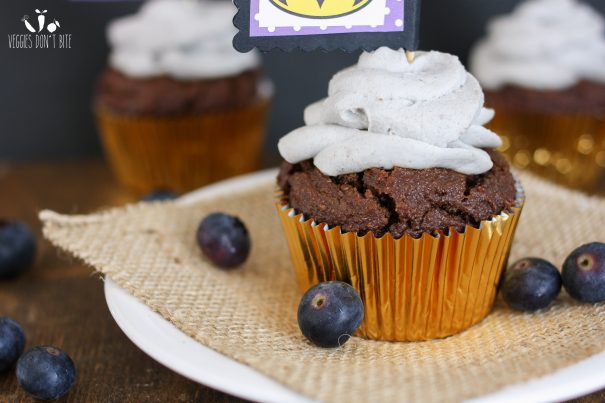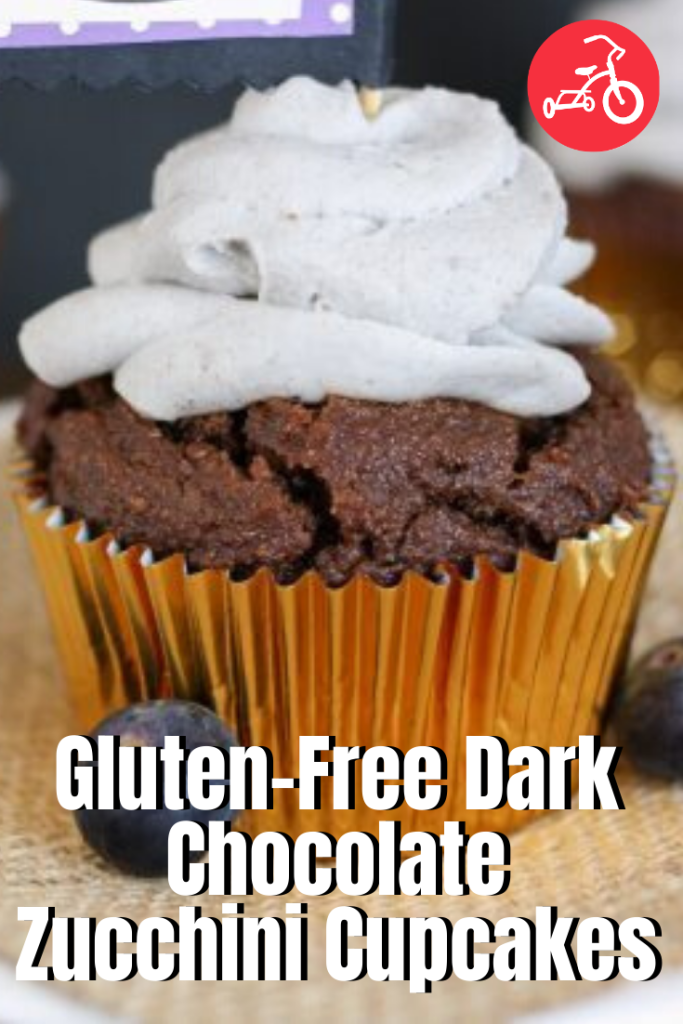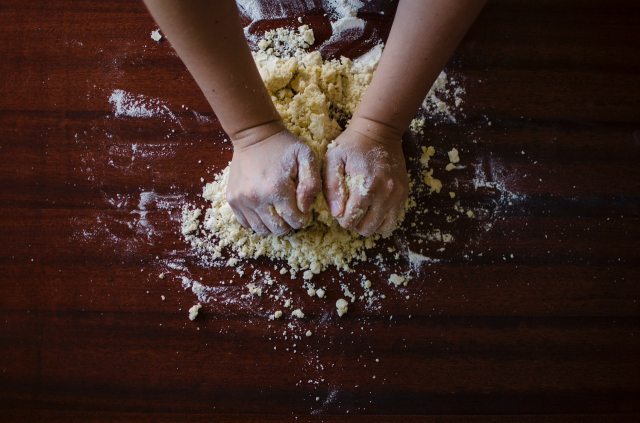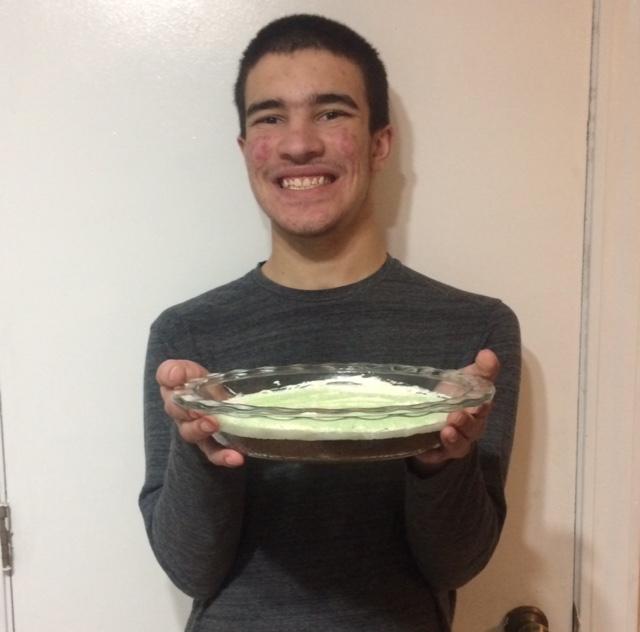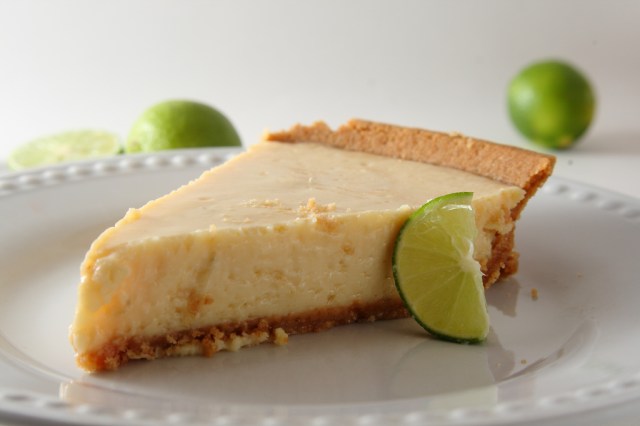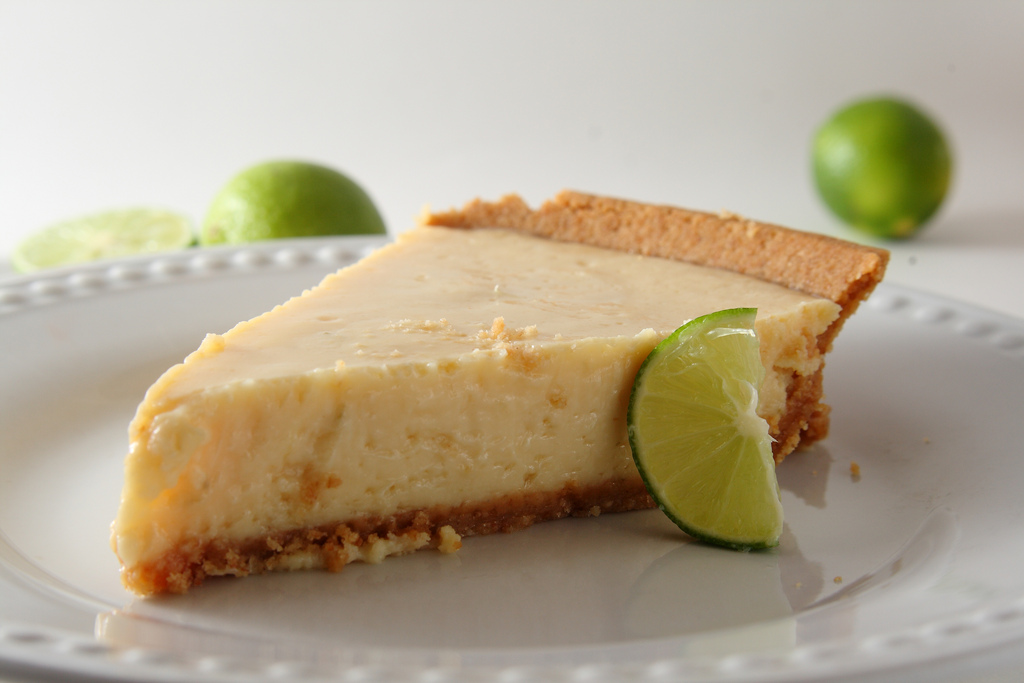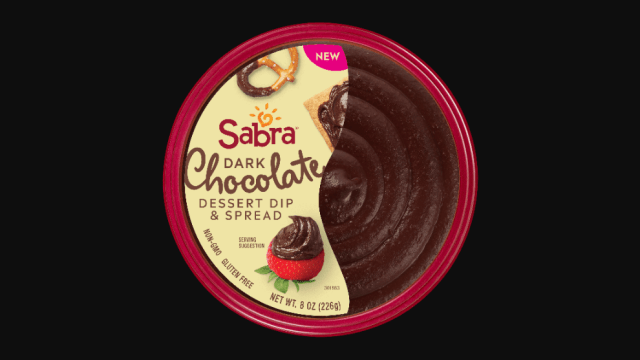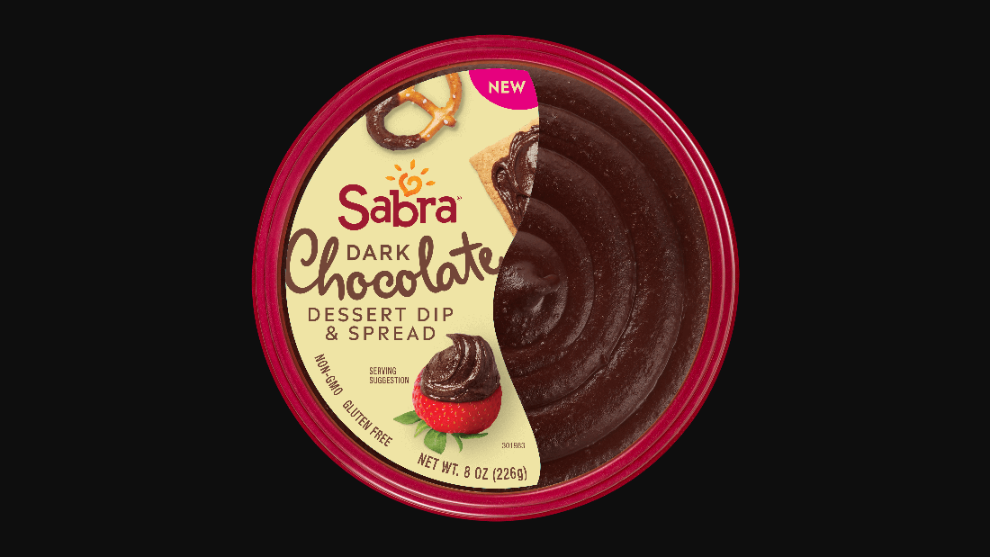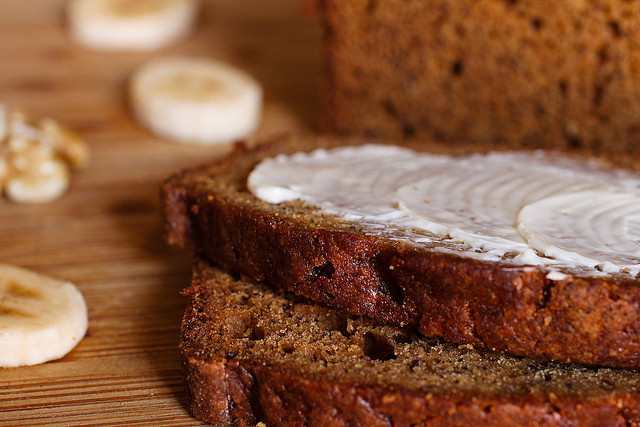‘Tis the season to decorate (and devour) gingerbread houses! We’re giving you the sweet deets on how to savor this holiday tradition at the best places to build and behold these festive abodes. From gingerbread house workshops to giant gingerbread displays, we’ve found 11 spots for you to get your sugar fix. Read on for the scoop.
photo: Cute Cakes
Cute Cakes: Christmas Gingerbread Cottage Building Workshop
This cute bakery and café provides all the required materials for budding gingerbread architects and designers. Plan a day with your kids and learn the best decorating tips! Their workshop consists of a 2-hour session and is suitable for both adults and kids. The first half hour of the workshop consists of guided instruction of your house. The next hour and a half you’ll get to visit the Festive Candy Buffet to create and personalize your masterpiece.
Cost: $30/person; $50/couple
When: Every Saturday, Dec. 1-22; 9-11 a.m.
Where: 3455 West Grand Ave., Escondido, CA
Online: cutecakes-sd.com
L’Auberge Del Mar: Make Your Own Gingerbread House
Start a new holiday tradition (or give one a new coat of frosting!). From colorful gumdrops and marshmallows and an amazing choice of holiday candy, come build a gingerbread house with your little elves. This event is brought to you by Mint Studio.
Cost: $35 per guest
When: Dec. 8, 10 a.m.
Where: L’Auberge Del Mar, 1540 Camino Del Mar, Del Mar, CA, 858-259-1515
Online: laubergedelmar.com
photo: Ritz Carlton
Park Hyatt Aviara: Gingerbread Classes
Join the fun at this family-centric celebration and learn to craft gingerbread houses with your crew in tow. For little ones we recommend a guardian to assist. Let the pastry team guide you through this fun class. Call or email Beth Almario for reservations, 760-603-6907 or beth.almario@hyatt.com
Cost: $60/person
When: Dec. 21, 22 & 23; 1:30-3:30 p.m.
Where: 7100 Aviara Resort Dr., Carlsbad, CA 92011
Williams Sonoma: Gingerbread House Decorating
Sign-up for this super sweet class at your local Williams Sonoma. Big kids ages 8-10 years-old get to decorate their very own gingerbread house, then take it home to show everyone.
Cost: $30/kid (8-13 years old), call store to make a reservation
When: Dec. 1st, 10 a.m. at UTC; 11 a.m. at Fashion Valley
Where: UTC Williams Sonoma, 4575 La Jolla Village Dr., La Jolla, CA 92122, 858-824-9180; Fashion Valley Williams Sonoma, 4004 Friars Rd., San Diego, CA, 619-295-0510
Online: williams-sonoma.com/junior-chef
photo: Queenstown Public House
Queenstown Public House
This popular restaurant in Little Italy is literally transforming into a real life gingerbread house for the month of December! Check out the charming exterior, featuring frosting around the windows as well as chocolate kisses, lollipops, lights and candy canes. The interior is a dreamy Christmas wonderland that’s sure to bring out the holiday cheer in your kiddos. Kids who bring a new, unwrapped toy for donation from Nov. 23 through Dec. 21 will receive a gingerbread house kit to decorate on site or at home.
Queenstown is hosting a kid’s gingerbread decorating contest until Dec. 21. Kids will be able to submit a photo of their decorated house. One winner will be chosen for the grand prize of two tickets to LEGOLAND California who will be announced Dec. 26th. Specific contest rules will be posted on Queenstown’s website, queenstownpublichouse.com.
When: See specific event dates above
Where: 1557 Columbia St., San Diego, CA 92101, 619-546-0444
Online: queenstownpublichouse.com
Ritz-Carlton Laguna Beach: Gingerbread Extravaganza
The resort’s pastry team creates a spectacular gingerbread extravaganza fashioned out of an array of homemade gingerbread, colorful candy, sweet treats, baked goods and other delectable confections. View in the hotel lobby.
When: Nov. 18-Jan. 2
Where: One Ritz-Carlton Dr., Laguna Niguel, CA 92629
Online: ritzcarlton.com/holiday
photo: Montage
Gingerbread Decorating at Montage Laguna Beach
The entire family can show off their creativity during Montage’s gingerbread house decorating class led by the resort’s pastry team. Attendees will leave with their own gingerbread house, a Montage apron and cookie recipe to relive the magic in their kitchen at home. Beverages, hot chocolate, cider and light bites will be provided.
Cost: $55/adult; $45/kid; reservations are required by calling 949-715-6420.
When: Dec. 22nd, 1-3 p.m.
Where: 30801 Coast Hwy., Laguna Beach, CA 92651
Online: montagehotels.com/lagunabeach
The Resort at Pelican Hill: Children’s Gingerbread House Decorating
Hurry, as spots go fast for half-pints five years-old and up to decorate gingerbread houses with Pelican Hill’s Pastry Chef––a favorite holiday tradition. Kiddos are invited to enjoy lunch and create a gingerbread masterpiece to take home. Even more, tickets include complimentary valet parking.
Cost: $95/person
When: Sunday, Dec. 19; 10 a.m.-noon
Where: 22701 South Pelican Hill Rd., Newport Beach, CA 92657
Online: pelicanhill.com/calendar/childrens-gingerbread-house-decorating
photo: Rancho Bernardo Inn
Rancho Bernardo Inn’s December Days & Nights
This super fun event is full of festivities. Ticket price includes one photo with Santa per family and one gingerbread cookie decorating per kiddo, caroling, storytelling, holiday train ride and treats including burgers, hot dogs, pizza, chicken fingers, desserts and seasonal adult beverages for an additional fee.
The tour de force of the event is the gigantic gingerbread house that your whole family will go gaga over. The cute casa is dripping in sweet treats and will no doubt inspire your little elves to try their hand at making their own edible masterpiece this season. Wondering what the magic recipe is for 1 life-size gingerbread house? Executive Pastry Chef Margaret Nolan Carvallo and her team construct this marvel by using a mind-boggling combination of the following:
1 Ton of Powdered Sugar
750 lbs. of Granulated Sugar
750 lbs. of Cake Flour
750 lbs. of Bread Flour
½ Ton of Brown Sugar
282 lbs. of Molasses
24 lbs. Baking Soda
20 lbs. of Cinnamon
12 lbs. of Vanilla Extract
4 lbs. of Ginger
2,160 Eggs
Note: The gingerbread house will be on display through Christmas. You don’t need tickets to view it unless you plan on visiting during the December Days & Nights event.
Cost: Advance purchase online: $25/person (adults & kids ages 3 and up); $30 day of entrance
When: Dec. 20-22, 5-8 p.m.
Where: 17550 Bernardo Oaks Dr., Rancho Bernardo, CA
Online: ranchobernardoinn.com
Fashion Island Express Gingerbread Display
Fashion Island Hotel’s Pastry Chef Andy de la Cruz, recently seen on Food Network, and his helpers will present another movie-themed gingerbread spectacular presentation, Fashion Island Express, with the much loved The Polar Express as its inspiration. The last stop on this express trolley is of course Fashion Island Hotel with its coastal holiday flair and style – all decked out with gingerbread and lots of decorative sparkle. Santa will be arriving with toys, and beautiful gift boxes will be placed underneath lit-up, glowing palm trees.
When: Unveiled on Mon., Nov. 26
Where: Fashion Island Hotel, 690 Newport Center Dr., Newport Beach, CA, 949-759-0808
Online: fashionislandhotel.com
Your Local San Diego Library
Don’t forget about your local library! Many branches will host low-key gingerbread house making workshops which offer a convenient way to introduce young kids to the festive craft. Best for children ages 3 and up to attend with an adult, these events require advance registration (read: they’re super popular!). Most ask you to please bring an unopened bag of candy per child attending to share with the entire group for decorating. Additionally, some workshops limit each family to one gingerbread house. Holiday bonus: most of the events are free of charge!
Click here: sandiego.gov/public-library to see if your local library branch is hosting a gingerbread house making event.
featured image: Cute Cakes
––Beth Shea & Nikki Walsh
RELATED STORIES:
Santa Tracker: Where to Get a Snapshot with St. Nick
11 Nutcracker Performances You’ll Leap to See in San Diego
25 Christmas Tree Lighting Ceremonies That Shine
